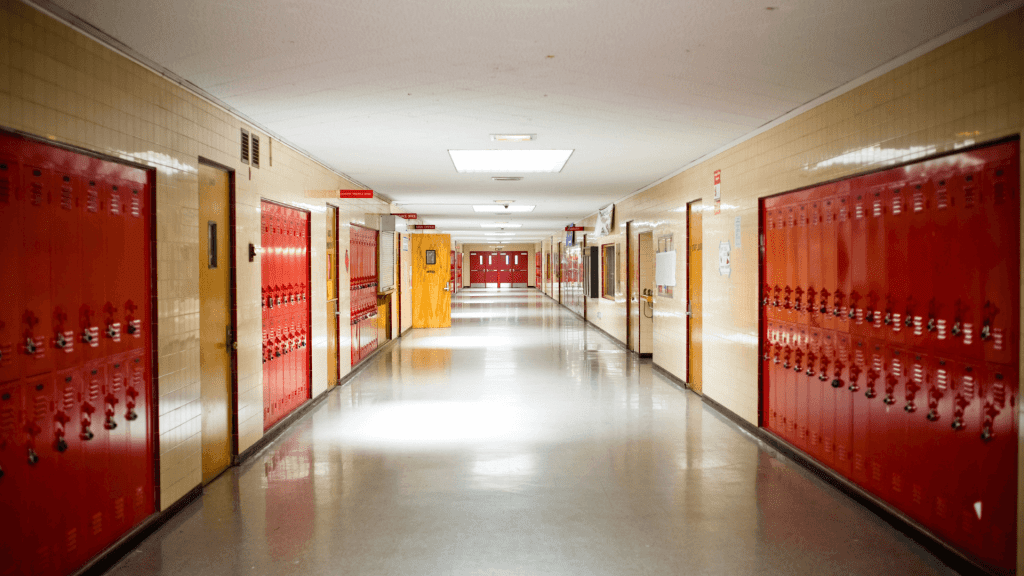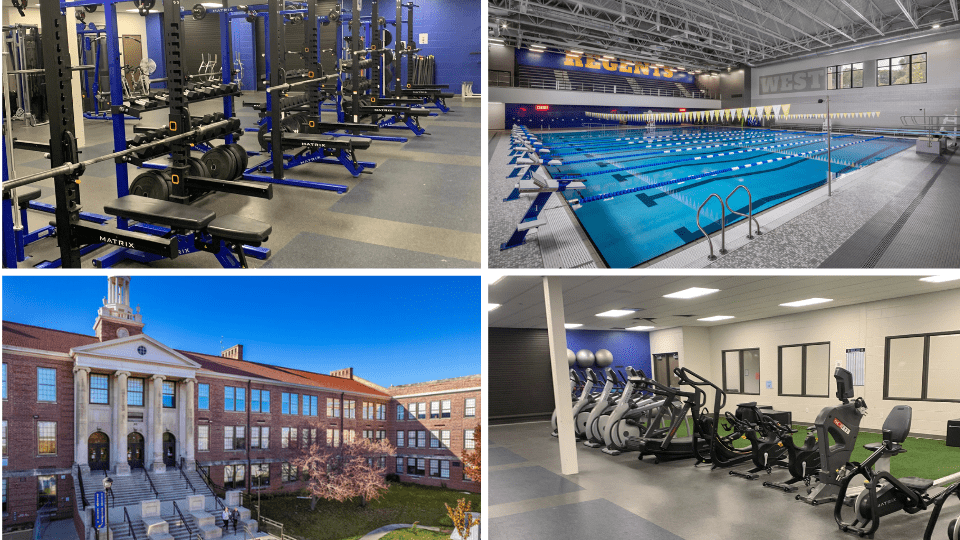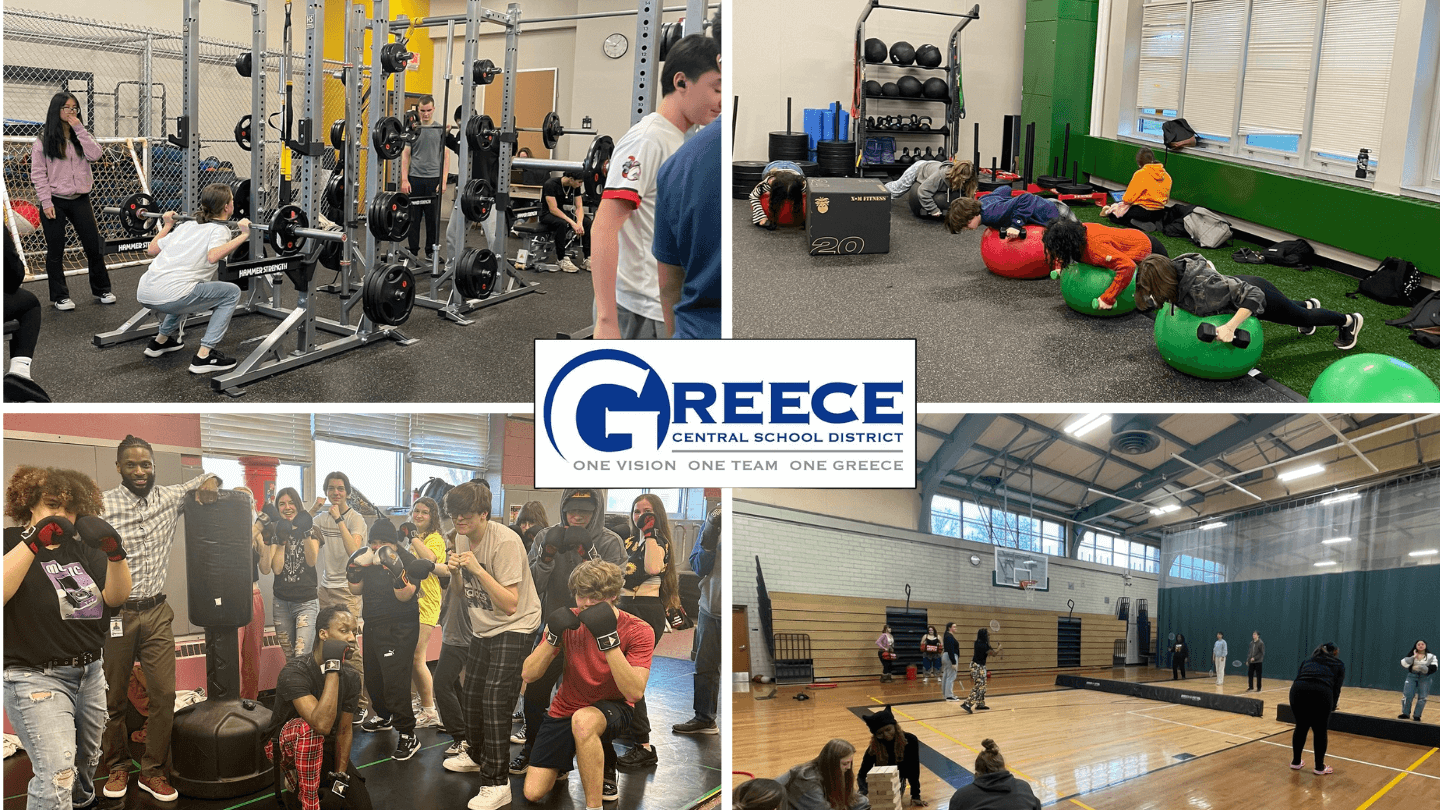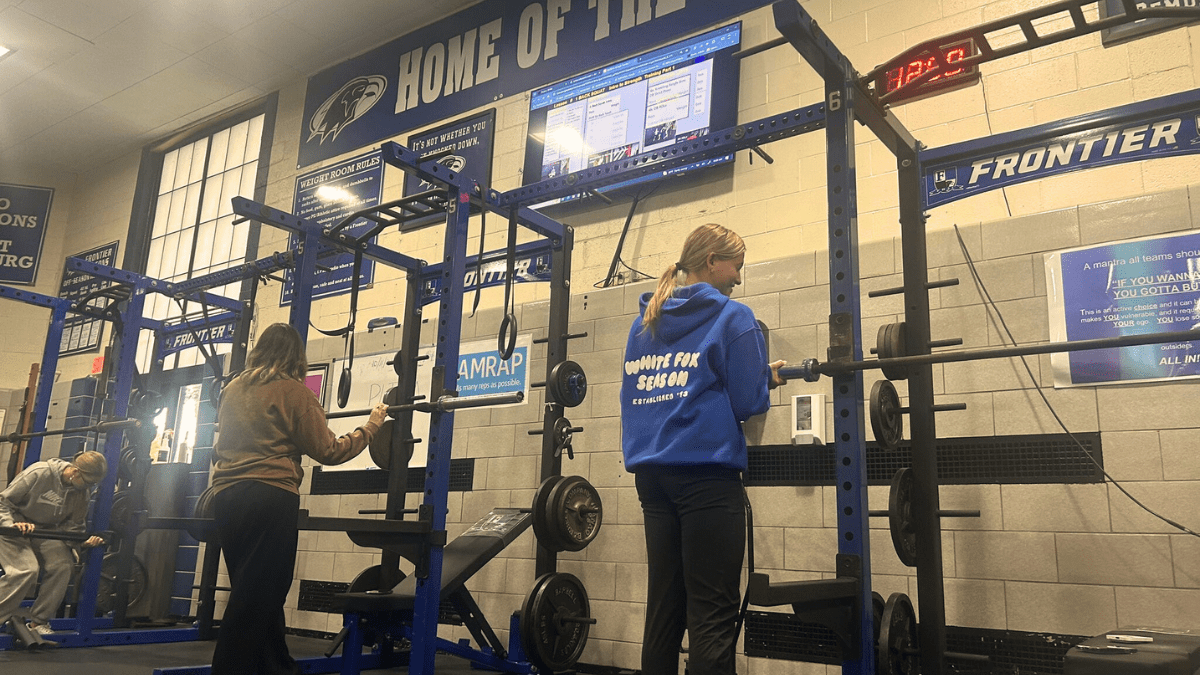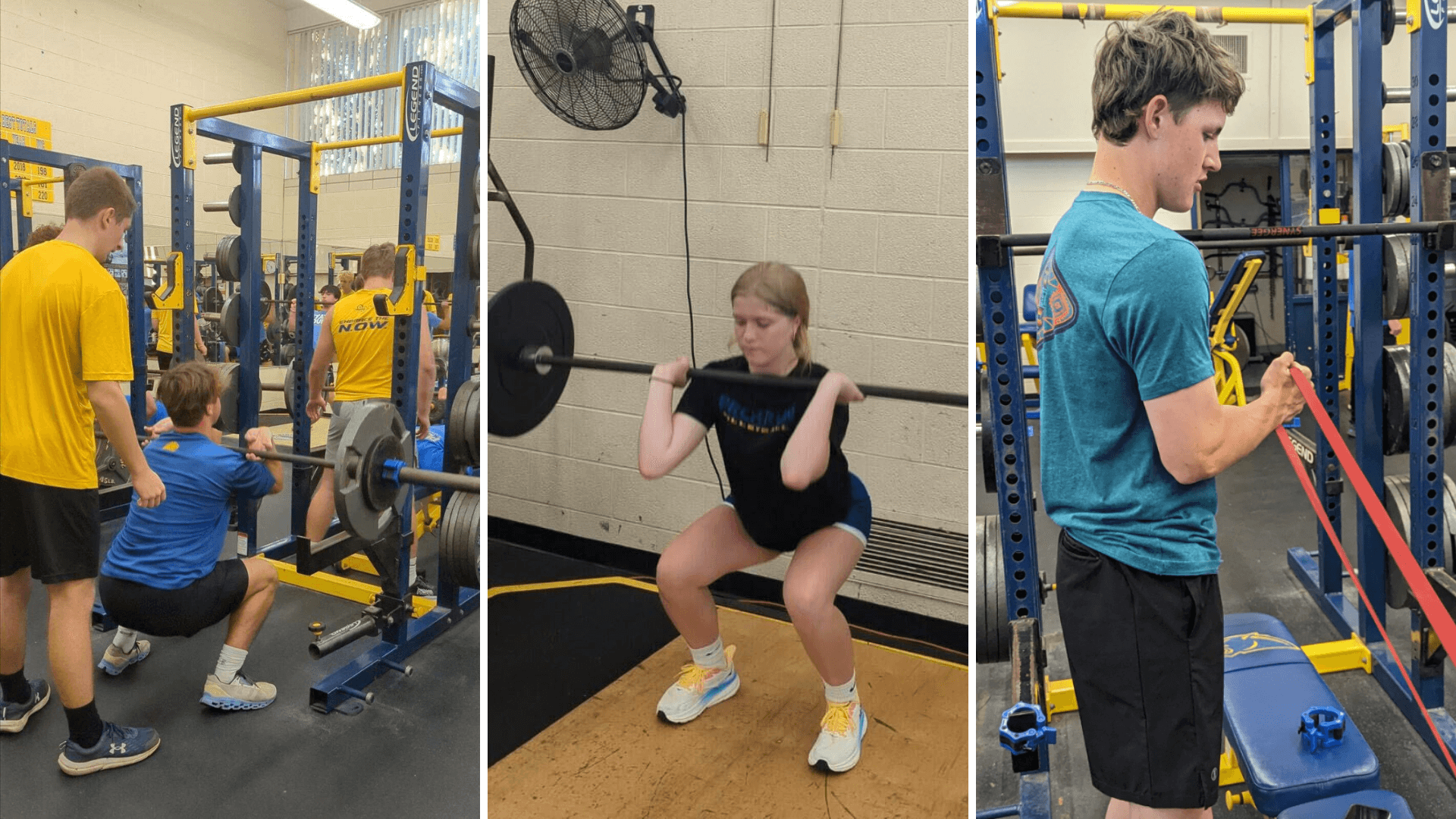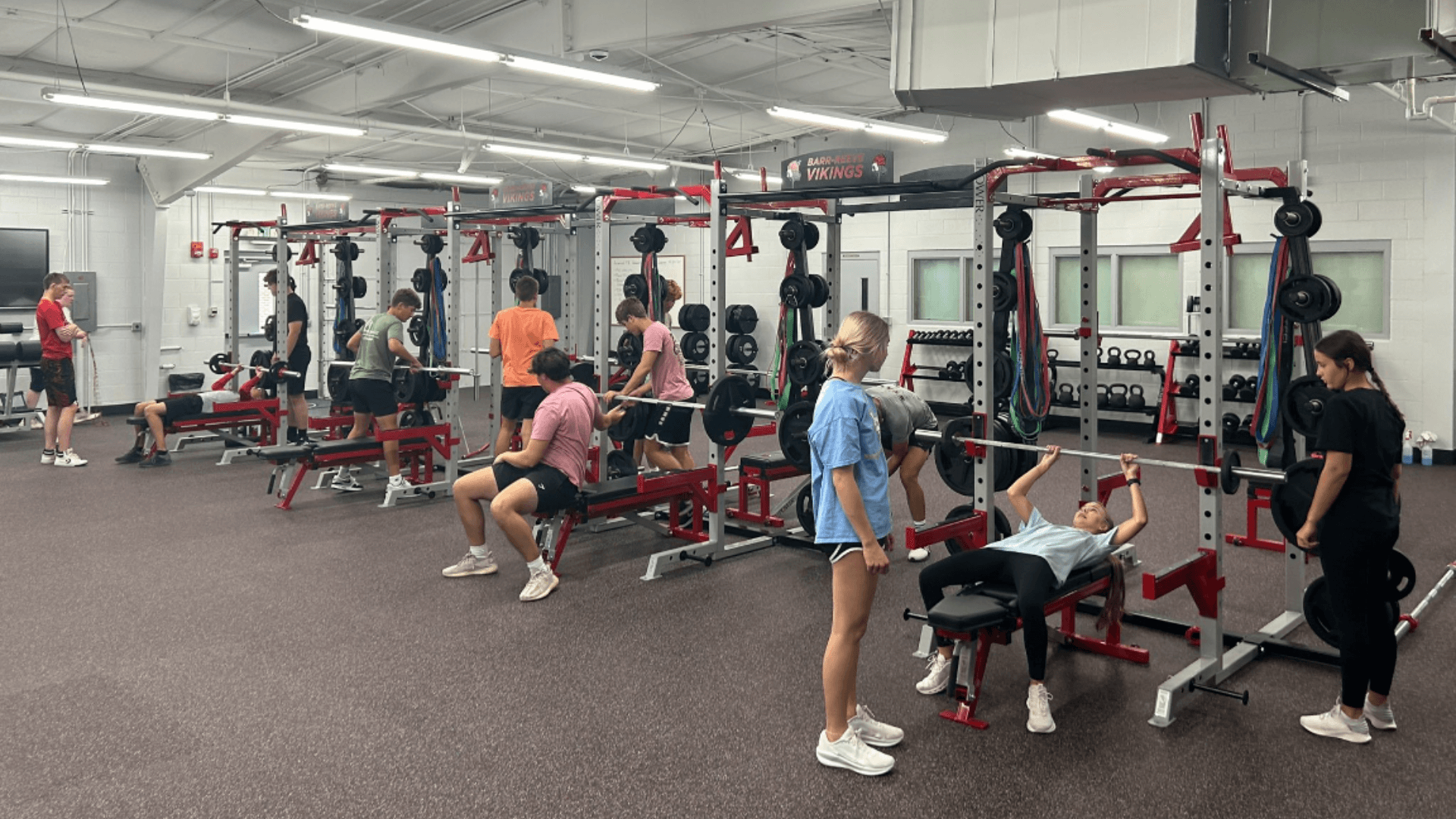In recent years, a troubling trend has emerged in the educational landscape: the reduction or elimination of physical education programs in high schools. Why are schools cutting physical education, and what does this mean for the future of holistic education? As schools grapple with budget constraints, increased academic pressures, and evolving educational priorities, the role of physical education often finds itself relegated to the sidelines. Understanding the reasons behind this decline is crucial, as it has significant implications for students’ physical, mental, and social well-being.
After exploring this question, we recommend increasing and improving physical education classes to support high school students with regular and quality physical fitness opportunities.
Stats & Facts About Schools Cutting Physical Education In High School
Before unpacking the question “Why are schools cutting physical education in high school?”, first, let’s level set using some key data points from the 2022 US Report Card on Physical Activity For Children and Youth:
Approximately 26% of high school-aged students attend PE classes 5 days a week, and 52% attend PE classes 1 day a week.
The percentage of schools requiring a PE course be taught in each grade decreases from 97% in 6th grade to 43% in 12th grade.
Approximately 3.6% of secondary schools established and are implementing a Comprehensive School Physical Activity Program.
The results of the 2019 YRBSS show a steady decline in physical education enrollment between grades 9 and 12 from 68.8% of 9th grade students attending physical education classes on at least 1 day per week to 41.4% of 12th grade students.
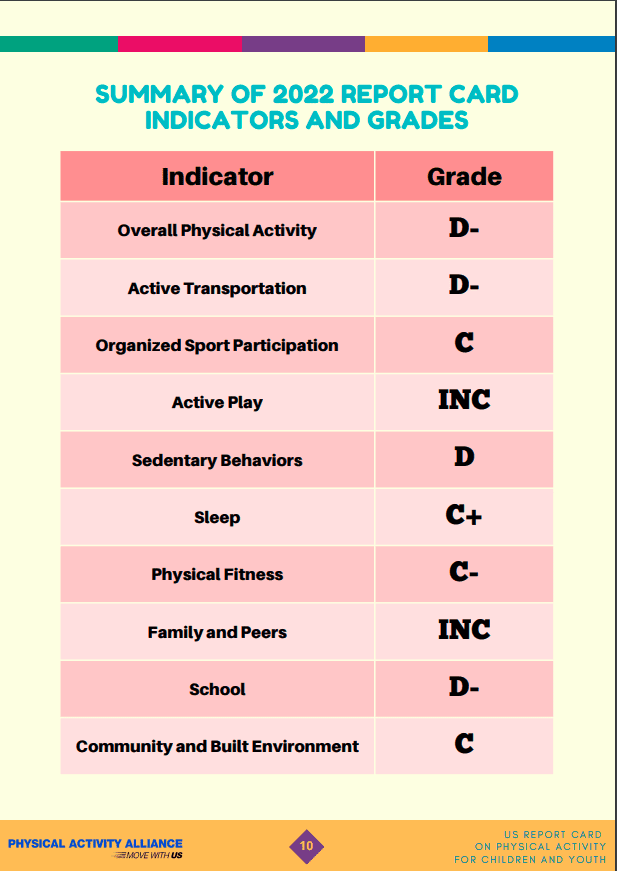
Why Are Schools Cutting Physical Education In High School?
As the data above demonstrates, the prevalence of PE programs and classes for high school students across the United States is inconsistent. While school districts all face different challenges and demands, there are common themes as to why PE programs at the high school level are on the chopping block.
1. Budget Cuts: One of the most significant reasons for the reduction in PE programs is budget constraints. School districts facing financial difficulties often prioritize core academic subjects over PE, resulting in cuts to PE teachers and programs.
2. Academic Pressures: The increasing emphasis on standardized testing and academic performance in subjects like math, science, and English has led schools to allocate more time and resources to these areas, often at the expense of PE. The pressure to improve test scores and meet academic benchmarks has made it challenging for schools to justify the time spent on physical education.
3. Lack of Respect for the Subject: Physical education is sometimes perceived as less critical compared to other academic subjects. The outdated perception of “gym class” can result in less support from school administrators and policymakers, leading to cuts in PE programs. Despite evidence showing the benefits of physical activity on academic performance and overall health, PE often remains undervalued in the educational hierarchy.
4. Assuming Other Alternatives: There is a common misconception that high school students play sports and other activities outside of school to regularly obtain 60 minutes of physical activity a day. But data shows that only about 1 in 5 high school students is getting the recommended 60 minutes per day.
5. Scheduling Conflicts: With increasing subjects and extracurricular activities competing for students’ time, scheduling conflicts can also lead to reduced PE time. Some students may not have access to PE due to these conflicts, further diminishing the program’s presence in schools.
But WHY Are Schools Cutting Physical Education?
There is no shortage of reasons and responses to why there is a reduction of time spent in physical education classes. But WHY are schools cutting physical education in high school?
Physical education classes play an important role in students’ overall health. Through these classes, children of all ages can build physical health, mental health, and social-emotional skills.
The CDC has outlined various “Health Benefits of Physical Activity For Children.” While there are clear differences and distinctions between physical activity vs physical education, the list could certainly be labeled “Health Benefits of Physical Education In Schools.” Regardless of the title, the list includes:
Brain Health – Reduces risk of depression and anxiety.
Academic Performance – Improves attention and memory.
Muscular Fitness – Builds strong muscles and endurance.
Cardiometabolic Health – Helps maintain normal blood sugar levels.
Heart & Lunge Health – Improves blood pressure and aerobic fitness.
Healthy Weight – Helps regular body weight and reduce body fat.
Sleep – Improves sleep quality.
No matter what angle you approach this from, physical education is needed not just for elementary students and middle school students, but all the way through high school. If our goal is improve academic achievement, decrease obesity rates, and tackle other physical and mental health issues facing students, we must talk about prioritizing physical education!
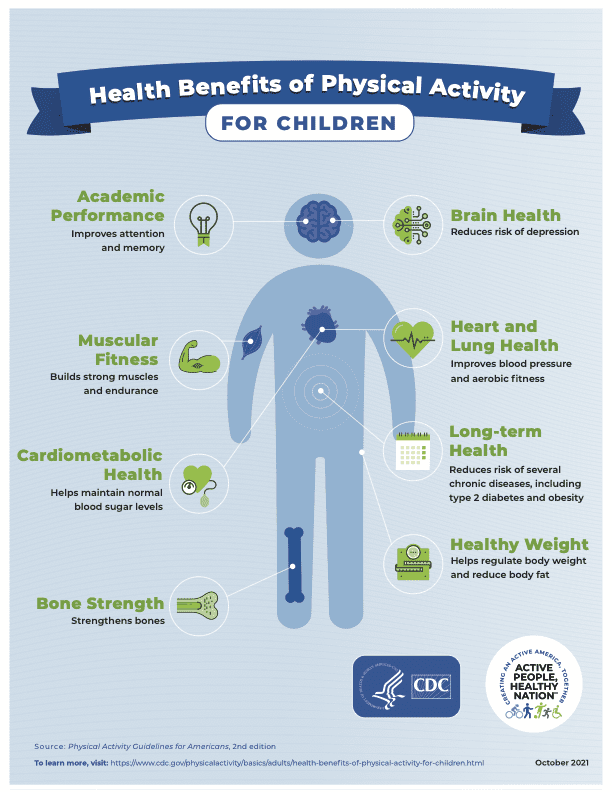
Evolving And Adapting To The Growing Trend Of Cutting PE
In an ideal world, there are obvious solutions to prioritizing and improving high school physical education classes and programs:
Dedicate more time within the school day and year for PE.
Support and invest in quality physical education teachers.
Provide ample resources to physical education like any other core subject.
While we at PLT4M, along with many others in the field, will continue to advocate for the solutions above, PE teachers and programs must also adapt and evolve within the current landscape of physical education cutbacks.
Regardless of cutbacks or requirements, a rising trend of choice within physical education makes PE students favorite class of the day.
9th Grade PE – Typically required, PE teachers make this class an opportunity to develop foundational skills and expose students to different physical fitness opportunities.
10th-12th Grade Electives – After 9th grade, whether optional or still required, PE programs offer various options so that students can find and explore different PE classes that suit their goals, interests, and desires.
As a result, many schools are not only seeing higher participation rates but are also adding more physical education classes to the schedule to account for the growing popularity. In some places, this comes with an emphasis on the weight room, while in others, schools are offering popular lifetime fitness options like yoga, dance, pickleball, and more. Often, it is a combination of both!
But at the heart of it all, PE teachers aren’t giving up and are fighting to find ways to make physical education the best class of the day. With this effort, more students, families, and communities are seeing that positive impact physical education has on physical, mental, and emotional well-being.
See For Yourself – Why Are Schools Investing In Physical Education
We started by asking, “Why are schools cutting physical education in high school?” let’s look at some of the top schools in the country that are not only avoiding cutbacks but also making a significant investment in physical education.
Below are different case studies from across the country on how high schools prioritize and invest in physical education classes.
